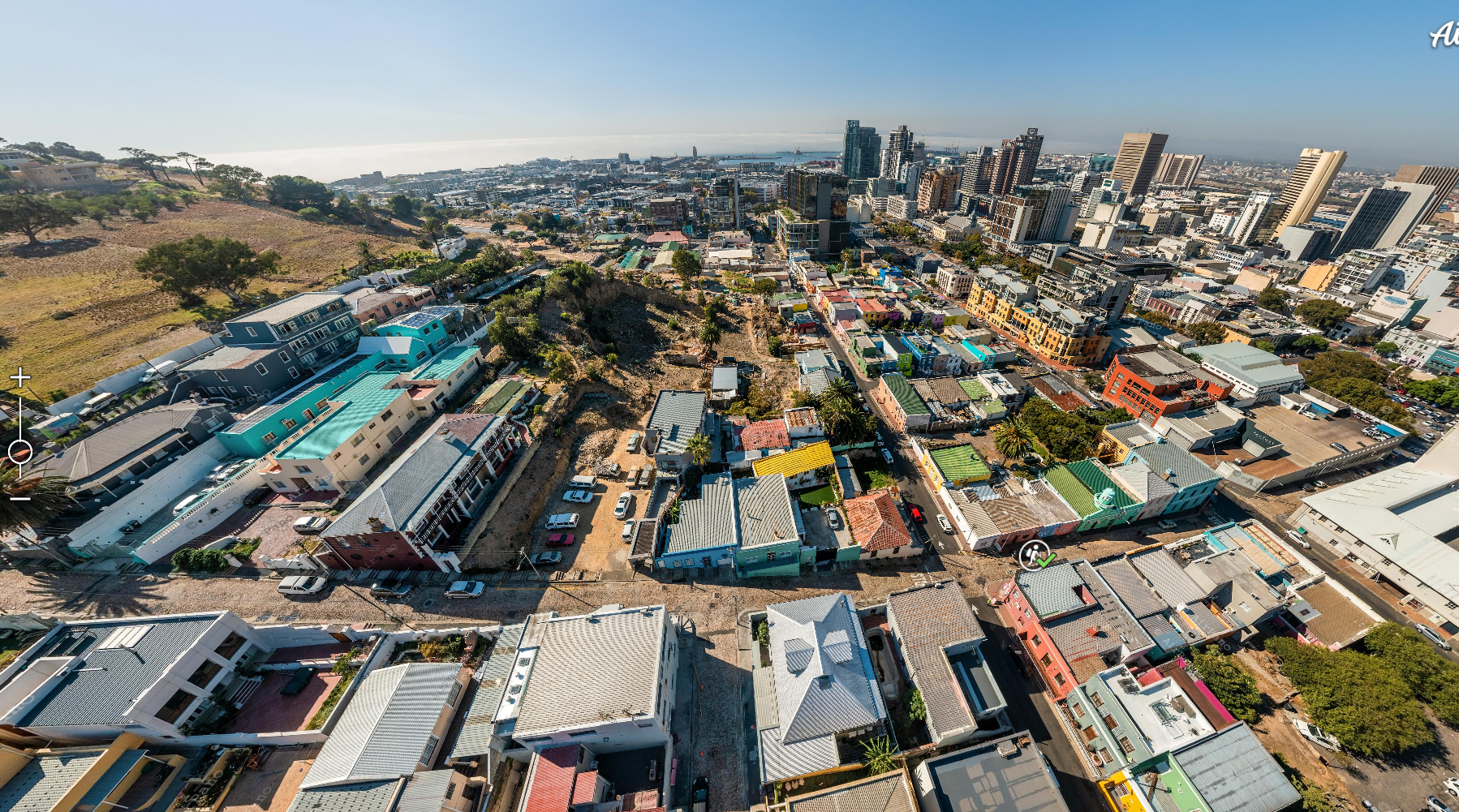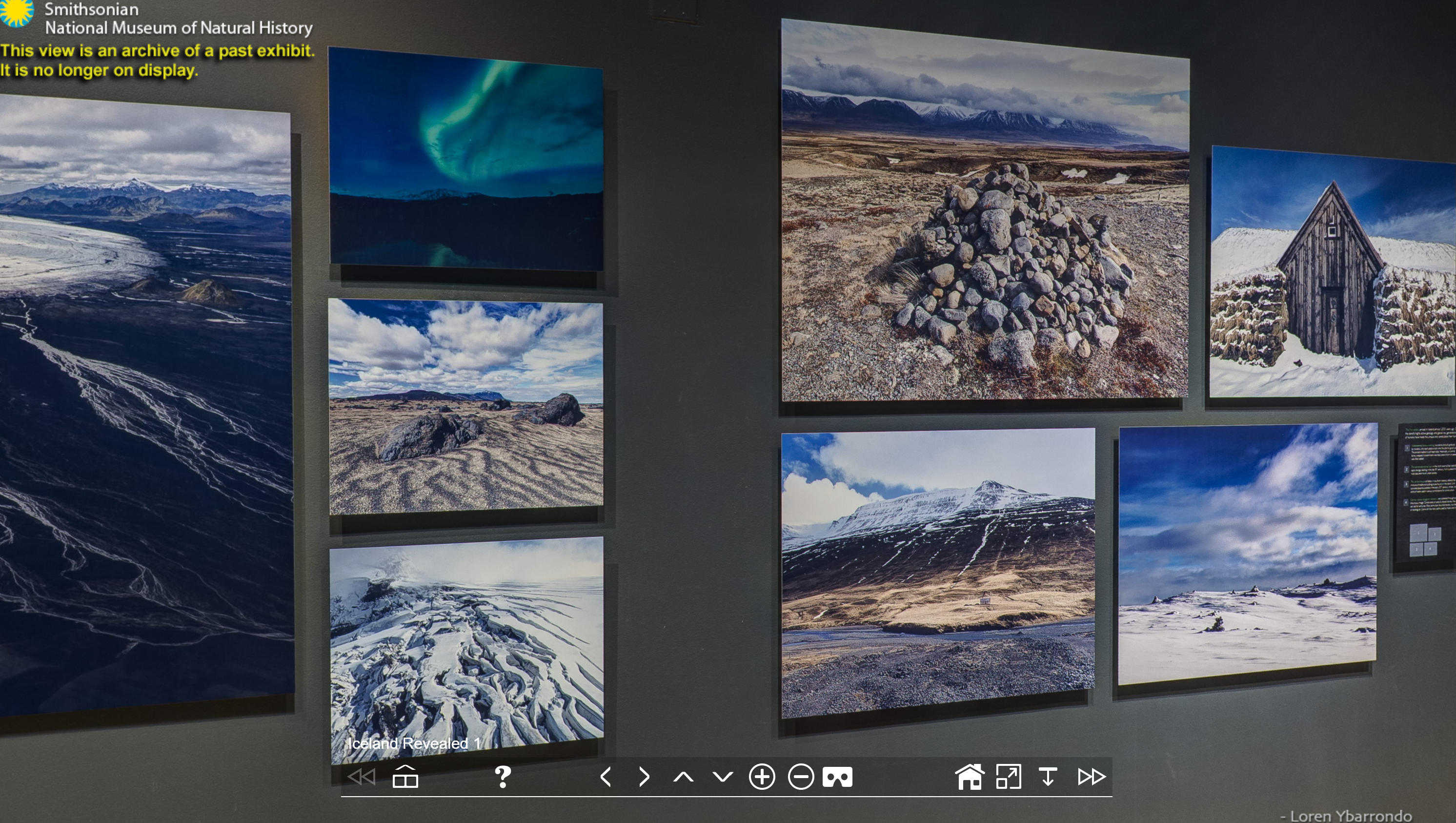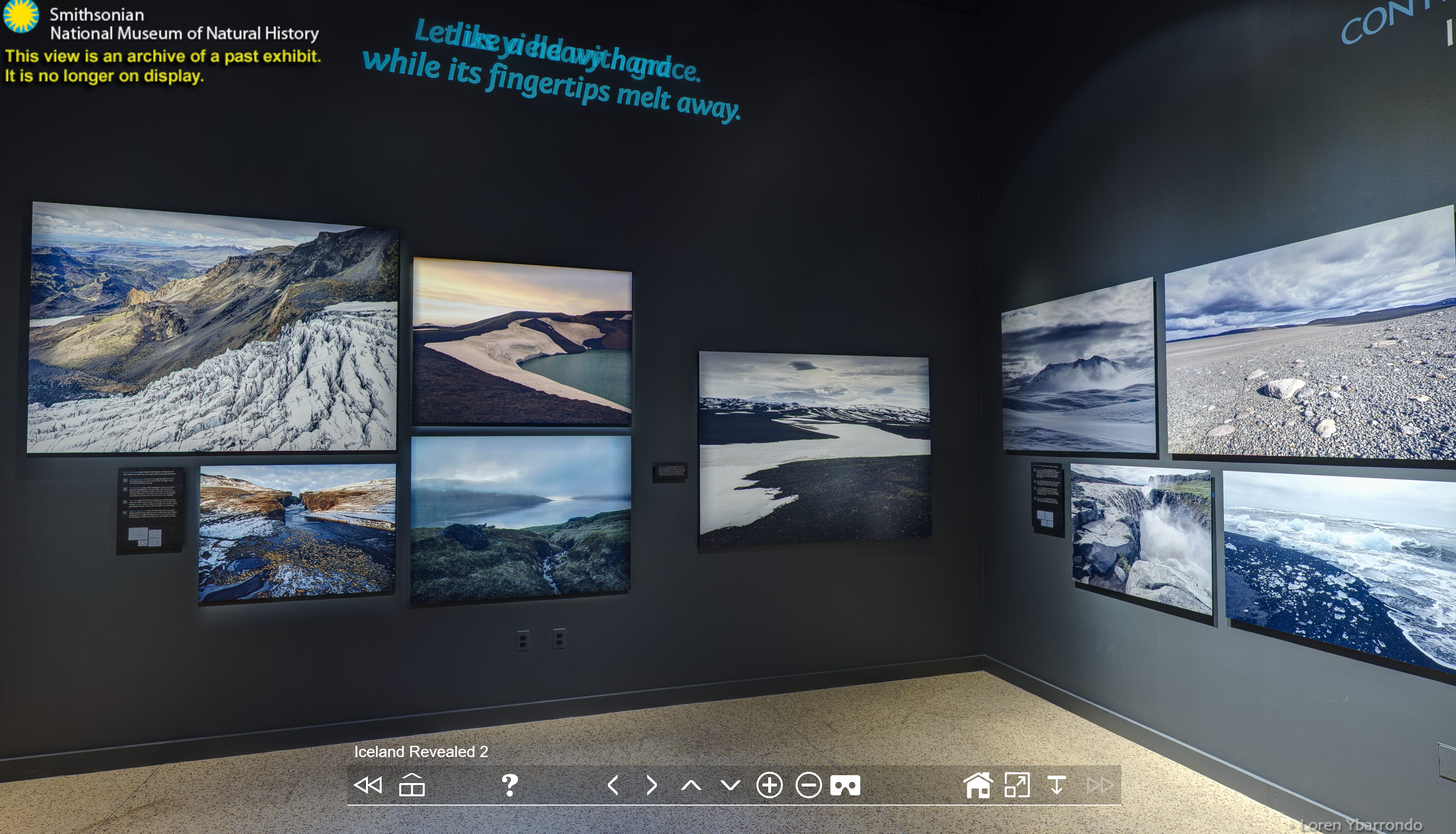Home » Posts tagged 'virtualtour'
Tag Archives: virtualtour
Virtual Field Trips with Google Cardboard
Google Cardboard is an affordable virtual reality viewer. The sets are typically made out of cardboard or plastic, keeping them cost-effective and easier to use in classrooms. By sliding a smartphone that has the Google Cardboard app installed into the headset viewer, users can experience a 3D virtual reality at a low cost.

Using Google’s Arts and Culture Expeditions, students can use their Google Cardboard headsets to take virtual field trips to a variety of places. The tool allows you to choose from five different subjects; Science and Technology, Arts, Geography, Natural History, and History. For this post, I’ll be discussing a virtual field trip that is useful for history classes.
There are multiple topics under the history tab from ancient history to Black history. By clicking on the Egypt option, viewers can take a 360-degree tour of the Pyramids at Giza. Each slide gives a brief description of the history.

After touring the pyramids the expedition moves on to teaching about The Great Sphinx. These slides give a history of The Sphinx and some fun facts as well as a 360-degree view of the historic site. Following these slides, a brief overview of the Mastabas, the structures used as tombs for nobles located near The Great Sphinx, is given as well as a tour of them.

Many other important historical locations throughout Egypt are shown in this expedition including the boat pits located at the bottom of the Khufu’s Pyramid, the Causeway, and Cairo.
On the main page for the Egypt expedition, there are even more stories to be found including Myths and Heroes and The Curse of Pharaoh Tutankhamun. Below the stories collection is 8,910 items that students can view to explore Egypt even more in-depth.
These expeditions with Google Cardboard are a great way to give students a new view of history. The tool allows them to step into the location or the time period through virtual reality, giving them a better understanding of the subject. Using Google Cardboard to teach students about the culture and rich history of regions all around the world can be made easy with the use of virtual reality.

Thank you for reading!
Samantha Pollina
Virtual Field Trip: The Louvre
With The Louvre’s virtual tours page, anyone can admire the beautiful galleries from the comfort of their own home, completely free.

The site allows you to travel through the museum and even click on the art for a better look and to read the plaque for each exhibit as if you’re truly there (with much less of a crowd). The website offers multiple virtual tours such as The Advent of the Artist which features works by Delacroix, Rembrandt, Tintoret, and more. My personal favorite virtual tour is titled Founding Myths: From Hercules to Darth Vader. This exhibit, with vibrant colored walls and even more stunning art, depicts how various artists around the world have created works inspired by myths.
The Louvre website also offers virtual activities for adults and children. There are podcasts, events, and historic cartoon videos for children.
Below is a video posted by the Musée explaining the history behind the building.
Thank you for reading.
Samantha Pollina
Roma: La città di magico eternità
![[Image description: Rome's Trevi Fountain.] Via Unsplash.](https://blogs.stockton.edu/webtools/files/2021/11/photo-1525874684015-58379d421a52.jpeg)
Is there a city in the world more iconic than Rome, Italy? Society was practically built on Rome, which housed an empire that influenced the Western World for centuries to come. For my virtual tour, choosing Italy was a no-brainer, but I didn’t feel like a tourist for immediately leaning toward this iconic tourist city.
I am not going to focus on the Colosseum, because that’s just too touristy. So I started on Capitoline Hill, which was one of Rome’s original 7 hills. It was here that Rome’s first mint was created in The Temple of Juno Moneta (today’s Church of Santa Maria in Aracoeli). The hill became the seat of the city’s government in the year 1,000, which was also where the Senate Building and the Tabularium (Rome’s archives) stood.
Another iconic image in the Eternal City is the Spanish Steps, located in Piazza di Spagna. Thanks to its Baroque architecture that hosts the famous Barcaccia Fountain, tourists throng here every year (except for during COVID in 2020, of course).
The steps go to the Trinita Church, another Baroque marvel commissioned by Pope Innocent XII who had Francesco De Sanctis build it in the 18th century.

Perhaps nothing is more formidable than the Castel Sant’Angelo, the towering papel fortress that towers in the elegant neighborhood of Prati. This mighty structure is the guardian of the Tiber River, towering over its flowing waters for thousands of years. In 123 AD, Emperor Hadrian built the fortress as a tomb for himself and his family, and throughout the ages, it was used as an imperial mausoleum for Roman emperors until the Middle Ages when it became a fortress to protect the city. Despite this iconic stone structure’s many uses, it’s fair to say that no matter what time period it was, it symbolizes Rome’s imperial power and solidifies the city’s place as an iconic world heritage site.
The best part about taking a virtual field trip in such an iconic city is being able to learn about the history behind such imposing monuments. The Capitoline Hill was where such important politics occured throughout the empire’s history, and Castel Sant’Angelo’s 2,000+ existence over the Tiber River is a perfect symbol of the city’s significance.
Rome’s history spans centuries, but what makes it unique is its fascinating combination of ancient paganism and Old World Catholicism everywhere you look. The very cobblestones lining the piazze breathe history, whether it be ancient or from the modern era. It isn’t called the Eternal City for nothing.
Air Pano’s Tour of Cape Town

Our world is filled with so many different wonders, and there’s nothing quite like visiting a new place. Virtual field trips are the closest thing we can get to actual trips, and for those who might not have the time or resources for actual trips, this is a wonderful assimilating experience. These virtual field trips provide you quite literally with an overview of a location of your choosing. I toured the southern-most country of Africa, South Africa. More specifically I saw the coastal gem of South Africa, Cape Town. Cape Town is located as south as you can get in South Africa and is known globally for it’s surf and surf culture. What most don’t know, or see, was shown by Air Pano’s virtual tour.
Air Pano showed Cape Town in a brand new light. The famous sunsets and beaches are the highlighted experiences at first, of course, because that’s what expected of Cape Town. Table Mountain and Lion’s Head, two geographic formations Cape Town is known for and built between, became much larger in the visuals provided. The town seemed to be built in a valley the way the mountains rose above.

I can’t explain the beauty better than a picture can. Usually cities don’t get credited as beautiful places, but the geography surrounding the city creates an encapsulation highlighting the beauty within the city walls. The city park, the memorials and statues, and even the homes of Cape Town. The impoverished sections within the city don’t pose much promise, but from the sky the housings’ colors pop out like murals on a barren wall. The painted tile roofs vary from red to blue, and very color in between.

I was truly stunned by this virtual tour from Air Pano. After I viewed Cape Town’s virtual tour I viewed Cascais, Portugal and a Russian island that I had need heard of. Beauty spans every inch of this world, it’s all about how it’s displayed.
Virtual Tour of the Smithsonian National Museum of Natural History
I took a virtual field trip to the Smithsonian National Museum of Natural History which is located in Washington, D.C., United States. Earlier this year I visited this museum but today I wanted to take the virtual tour online. On the website it gave me the opportunity to view the permanent, current or past exhibits. The virtual tour that I chose had pictures of a past exhibit that were displayed prior to when I had made my visit. This virtual tour gave me a different perspective and I found it more interesting because I was able to zoom in and out of exhibits. Usually in person its crowded and you don’t really look at it for too long but viewing it online its gives you more of a connection because you can look at it for however much time you need.
I like learning about Natural History so as I was scrolling through the different displays I came across the Iceland display so I had to virtually visit it!


I zoomed in on the Northern Lights because they are something I want to see if I ever get the chance to visit Iceland. Iceland is known for its volcanos and glaciers there are also many places to sight see! I am glad this virtual tour of the Smithsonian National Museum of Natural History gave me the opportunity to see some images captured of Iceland
If you would like to take a virtual Tour of the Smithsonian National Museum of Natural History click HERE.
Thanks for viewing! Follow me on Twitter:// smirnah1
Stockton University is offering a Faculty-Led Study Abroad Program that encourages students to take a GIS course “Quilts” so they can visit Iceland during Spring Break in March of 2022.
Just for reference here is the flyer,

Recent Comments